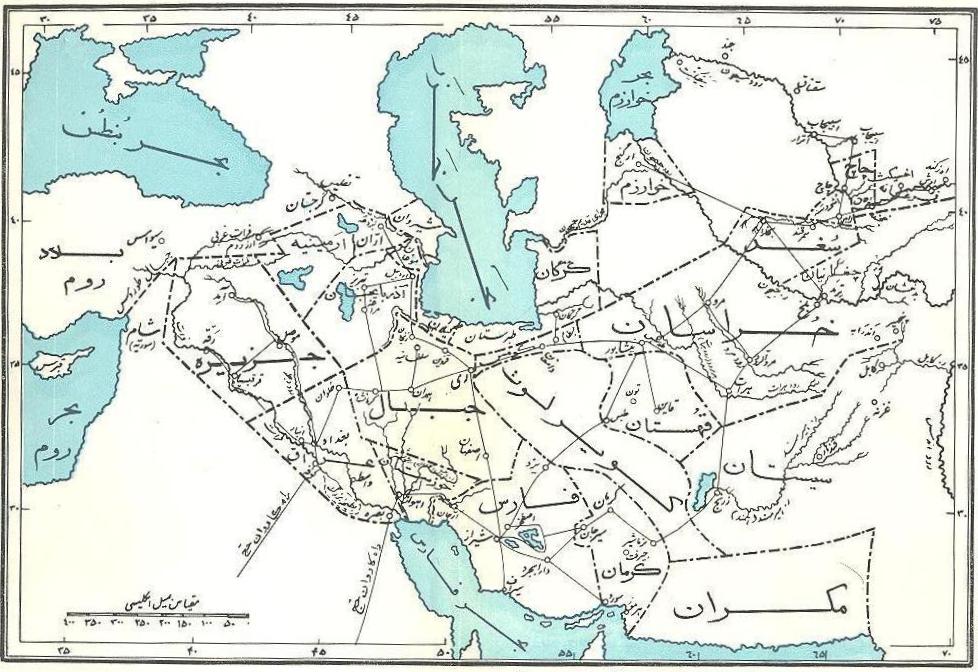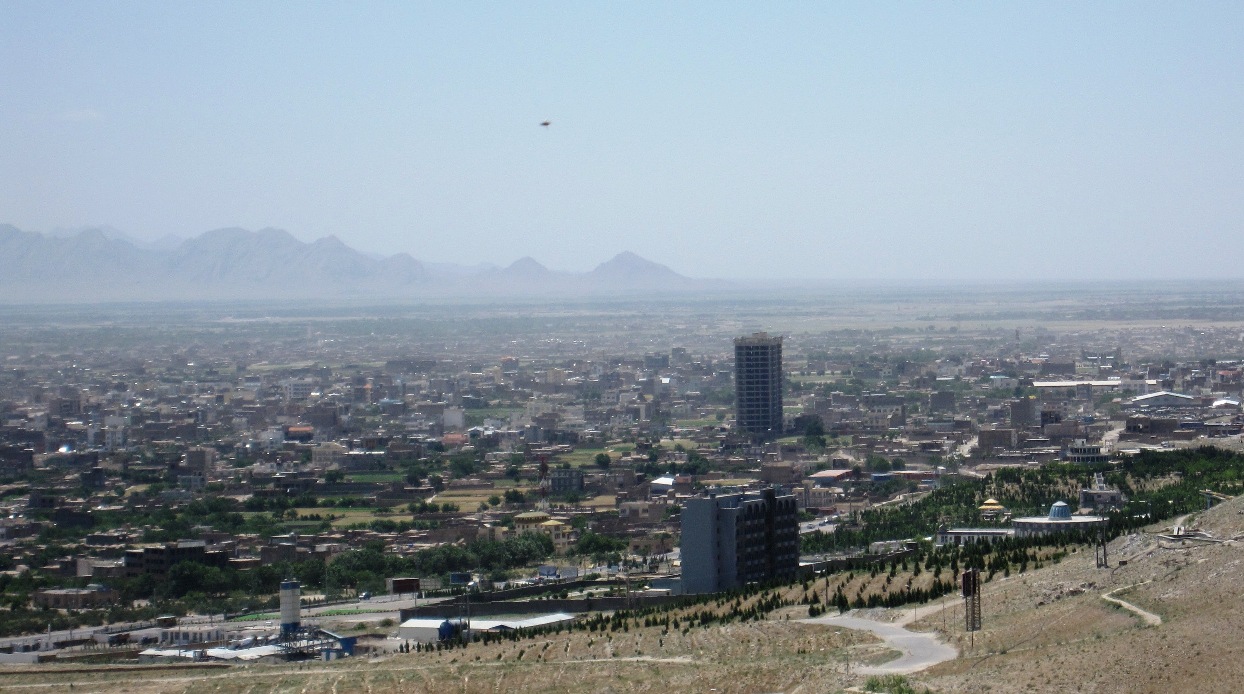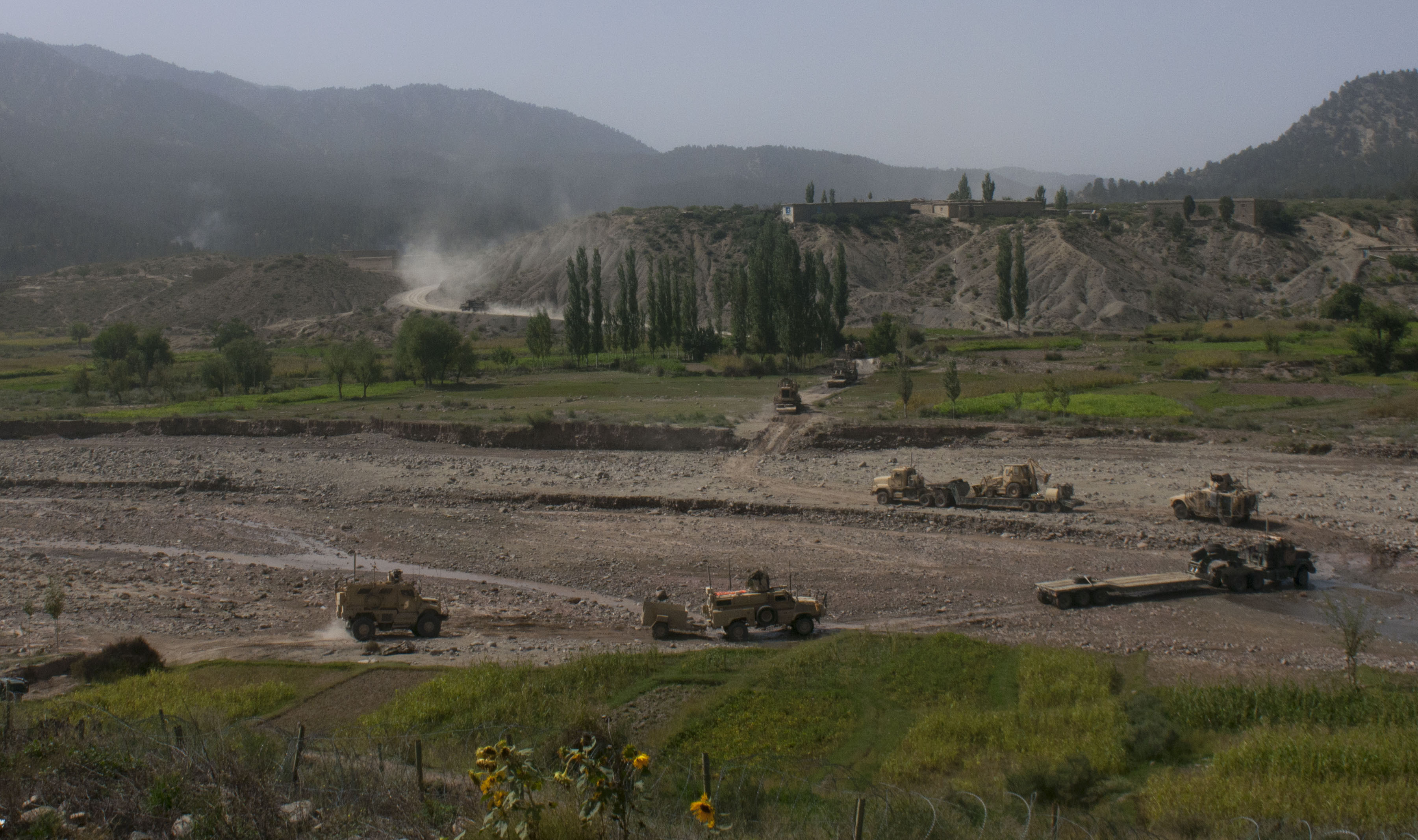|
Southern Pashto
Southern Pashto ( ps, جنوبي/سهيلي پښتو) comprises the South Western (Pashto: ) and South Eastern () dialects. South Western Kandahārí Pashtó ( ps, کندهارۍ پښتو), also known as, Southwestern Pashto, is a Pashto dialect, spoken in southern and western Afghanistan, including the city of Kandahar. Kandahari Pashto is spoken in Kandahar, Helmand, Ghazni, most of Urozgan, Farah, and Nimruz, southeastern Ghor, the districts of Murghab, Ghormach, Muqur, and Jawand in Badghis, and parts of Zabul, Paktika, and Herat provinces of Afghanistan. It is also spoken in parts of the provinces of Razavi Khorasan and South Khorasan in Iran, where they numbered roughly 120,000 (in 1993). It is one of the most archaic varieties of Pashto: the Kandahari dialect retains archaic retroflex sibilants, and (in other dialects, they have shifted to ʃ/x and ʒ/g). Kandahari also has the affricates and . Lexical Variation According to the "Pashto Dialectal Diction ... [...More Info...] [...Related Items...] OR: [Wikipedia] [Google] [Baidu] |
Afghanistan
Afghanistan, officially the Islamic Emirate of Afghanistan,; prs, امارت اسلامی افغانستان is a landlocked country located at the crossroads of Central Asia and South Asia. Referred to as the Heart of Asia, it is bordered by Pakistan to the east and south, Iran to the west, Turkmenistan to the northwest, Uzbekistan to the north, Tajikistan to the northeast, and China to the northeast and east. Occupying of land, the country is predominantly mountainous with plains in the north and the southwest, which are separated by the Hindu Kush mountain range. , its population is 40.2 million (officially estimated to be 32.9 million), composed mostly of ethnic Pashtuns, Tajiks, Hazaras, and Uzbeks. Kabul is the country's largest city and serves as its capital. Human habitation in Afghanistan dates back to the Middle Paleolithic era, and the country's strategic location along the historic Silk Road has led it to being described, picturesquely, as the ‘rounda ... [...More Info...] [...Related Items...] OR: [Wikipedia] [Google] [Baidu] |
Nimruz Province
Nimruz or Nimroz (Dari: ; Balochi: ) is one of the 34 provinces of Afghanistan, located in the southwestern part of the country. It lies to the east of the Sistan and Baluchestan Province of Iran and north of Balochistan, Pakistan, also bordering the Afghan provinces of Farah and Helmand. It has a population of about 186,963 people. The province is divided into five districts, encompassing about 649 villages. The city of Zaranj serves as the provincial capital and Zaranj Airport, which is located in that city, serves as a domestic airport for the province. The recently-built Kamal Khan Dam is located in Chahar Burjak District. The name ''Nimruz'' means "mid-day" or "half-day" in Balochi. The name is believed to indicate that the meridian cutting the old world in half passes through this region. Nimruz covers 43,000 km2. It is the most sparsely populated province in the country, located in the Sistan Basin. A substantial part of the province is the barren desert ar ... [...More Info...] [...Related Items...] OR: [Wikipedia] [Google] [Baidu] |
Iran
Iran, officially the Islamic Republic of Iran, and also called Persia, is a country located in Western Asia. It is bordered by Iraq and Turkey to the west, by Azerbaijan and Armenia to the northwest, by the Caspian Sea and Turkmenistan to the north, by Afghanistan and Pakistan to the east, and by the Gulf of Oman and the Persian Gulf to the south. It covers an area of , making it the 17th-largest country. Iran has a population of 86 million, making it the 17th-most populous country in the world, and the second-largest in the Middle East. Its largest cities, in descending order, are the capital Tehran, Mashhad, Isfahan, Karaj, Shiraz, and Tabriz. The country is home to one of the world's oldest civilizations, beginning with the formation of the Elamite kingdoms in the fourth millennium BC. It was first unified by the Medes, an ancient Iranian people, in the seventh century BC, and reached its territorial height in the sixth century BC, when Cyrus the Great f ... [...More Info...] [...Related Items...] OR: [Wikipedia] [Google] [Baidu] |
South Khorasan
South Khorasan Province ( fa, استان خراسان جنوبی ''Ostān-e Khorāsān-e Jonūbī'') is a province located in eastern Iran. Birjand is the centre of the province. The other major cities are Ferdows, Tabas and Qaen. In 2014, it was placed in Region 5. This new province, is but the old Quhistan which was included into greater Khorasan in the Iranian administrative planning. However, historically Qohistan forms a separate entity, with a distinct culture, history, environment and ecology. South Khorasan is one of the three provinces that were created after the division of Khorasan in 2004. While at the beginning, the newly created "South Khorasan" included only Birjand County and some new counties detached from that county (i.e. Nehbandan, Darmian and Sarbisheh), in subsequent years, all northern and western cities and territories of the old Quhistan (such as Qaen, Ferdows and Tabas) have been annexed into the South Khorasan. South Khorasan Province consi ... [...More Info...] [...Related Items...] OR: [Wikipedia] [Google] [Baidu] |
Herat Province
Herat ( Persian: ) is one of the thirty-four provinces of Afghanistan, located in the north-western part of the country. Together with Badghis, Farah, and Ghor provinces, it makes up the north-western region of Afghanistan. Its primary city and administrative capital is Herat City. The province of Herat is divided into about 17 districts and contains over 2,000 villages. It has a population of about 3,780,000, making it the second most populated province in Afghanistan behind Kabul Province. The population is multi-ethnic but largely Persian-speaking. Herat dates back to the Avestan times and was traditionally known for its wine. The city has a number of historic sites, including the Herat Citadel and the Musalla Complex. During the Middle Ages Herat became one of the important cities of Khorasan, as it was known as the Pearl of Khorasa The province of Herat shares a border with Iran in the west and Turkmenistan in the north, making it an important trading region. The Trans- ... [...More Info...] [...Related Items...] OR: [Wikipedia] [Google] [Baidu] |
Paktika Province
Paktika (Pashto/Dari: ) is one of the 34 provinces of Afghanistan, located in the eastern part of the country. Forming part of the larger Loya Paktia region, Paktika has a population of about 789,000, mostly ethnic Pashtuns. The town of Sharana serves as the provincial capital, while the most populous city is Urgun. In 2021, the Taliban gained control of the province during the 2021 Taliban offensive. Geography Paktika sits adjacent to the Durand Line border between Pakistan and Afghanistan. It is bordered by the Khost and Paktia provinces to the north. The western border is shared with the provinces of Ghazni and Zabul. The South Waziristan and North Waziristan agencies are to the east of Paktika, while Zhob District of the Balochistan province of Pakistan borders it the southeast. The Shinkay Hills run through the center of Paktika; Toba Kakar Range runs along the border with Pakistan. The Southern districts are intermittently irrigated and cultivated, the cente ... [...More Info...] [...Related Items...] OR: [Wikipedia] [Google] [Baidu] |
Zabul Province
Zabul (Pashto/Dari: ) is one of the 34 provinces of Afghanistan, located in the south of the country. It has a population of 249,000. Zabul became an independent province from neighbouring Kandahar in 1963. Historically, it was part of the Zabulistan region. Qalat serves as the capital of the province. The major ethnic group are Pashtuns. Primary occupations within Zabul are agriculture and animal husbandry. Geography Zabul borders Oruzgan in the north, Kandahar in the west and in the south, Ghazni and Paktika in the east. It borders Pakistan in the east. The province covers an area of 17293 km2. Two-fifths of the province is mountainous or semi mountainous terrain (41%) while more than one quarter of the area is made up of flat land (28%). The primary ecoregion of the province is the central Afghan mountains xeric woodlands. Common vegetation is listed as dry shrub-land and pistachio. The high mountains of the northern portion of the province are in the Ghor- Hazaraj ... [...More Info...] [...Related Items...] OR: [Wikipedia] [Google] [Baidu] |
Badghis Province
Bādghīs (Dari: ) is one of the thirty-four provinces of Afghanistan, located in the northwest of the country, on the border with Turkmenistan. It is considered to be one of the country's most underdeveloped provinces, with the highest poverty rate. The capital is Qala e Naw, while the most populous city and the district are Bala Murghab. The ruins of the medieval city of Marw al-Rudh, the historical capital of the medieval region of Gharjistan, are located in the province near the modern city of Bala Murghab. Geography Badghis Province is located in the isolated hills of northwestern Afghanistan and shares its borders with Herat, Ghor, and Faryab provinces as well as Turkmenistan. The province has a total area of 20,591 km2. Hydrologically, the province is dominated by the Murghab River which is used for irrigation. It contains some mountains but is predominantly characterized by rolling hills divided by ravines. The province is very windy; the name "Badghis" is a corru ... [...More Info...] [...Related Items...] OR: [Wikipedia] [Google] [Baidu] |
Jawand District
Jawand is the largest district of Badghis Province, Afghanistan Afghanistan, officially the Islamic Emirate of Afghanistan,; prs, امارت اسلامی افغانستان is a landlocked country located at the crossroads of Central Asia and South Asia. Referred to as the Heart of Asia, it is borde ..., located in the southeast. Its population is estimated at 186,000, although a 1990 estimate by the United States Agency for International Development (USAID) puts the population at 46,403. Its capital is Jawand. Jawand has approximately 380 villages, with nearly all of them ravaged by poverty, hunger and disease. There are no paved roads, no doctors or medical clinics and no schools. References *https://www.theguardian.com/Archive/Article/0,4273,4349166,00.html External linksMap of Jawand(PDF) Districts of Badghis Province {{Badghis-geo-stub ... [...More Info...] [...Related Items...] OR: [Wikipedia] [Google] [Baidu] |
Muqur District, Badghis
Muqur District is a district located within Badghis Province in the western part of Afghanistan. It is located between the districts of Ab Kamari to the east, Qala i Naw to the south, Qadis to the southeast and Bala Murghab to the northeast. To the north is the national border with Turkmenistan Turkmenistan ( or ; tk, Türkmenistan / Түркменистан, ) is a country located in Central Asia, bordered by Kazakhstan to the northwest, Uzbekistan to the north, east and northeast, Afghanistan to the southeast, Iran to the s .... The district is in a long river valley. The estimated population in 2019 was 26,375. References Districts of Badghis Province {{Badghis-geo-stub ... [...More Info...] [...Related Items...] OR: [Wikipedia] [Google] [Baidu] |
Ghormach District
Ghormach ( ps, غورماچ ولسوالۍ) is a district situated in the north of Badghis Province, Afghanistan. The district centre is Ghormach. Demographics The estimated population of Ghormach District in 2003 was roughly 52,566. Based upon the Ministry of Rural Rehabilitation and Development of Afghanistan's ( MRRD) district profile for Ghormach, Pashtuns made up 97% of the total population, followed by 2% Aimaqs and 1% Baloch. In 2008, Ghormach District was transferred from Badghis to Faryab Province, but later it was transferred back to Badghis. Politics Ghormach district experienced a resurgence in poppy cultivation after the fall of the Taliban government in 2001, although the Karzai government's eradication program had made some headway by spring 2007. Moalem Nooruddin was the chief district officer in 2007 when he was believed to have been captured by the Taliban on 16 December 2007. Other district leaders include Abdullah Jan and as of July 2010 Qari Dalat. As ... [...More Info...] [...Related Items...] OR: [Wikipedia] [Google] [Baidu] |





